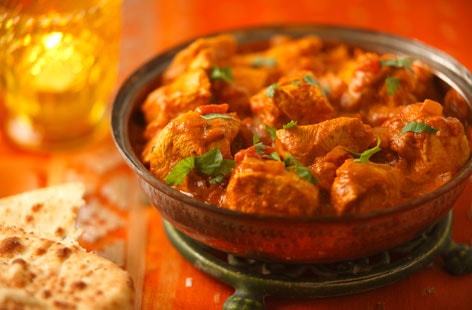By Netra Mittal
India’s per-capita consumption of meat stands at 4.4 kg per person, which puts it at the second position on the list of countries with the least meat consumption per-person. However, this distinction can be attributed to our 2000-year-old tradition of vegetarianism. And like all old cultures, this one is changing as well.
Rising demand
The demand for meat is expected to grow faster in India with sustained economic growth, rising per capita income, strengthening urbanization trends and increasing awareness of the nutritive value of meat and meat products. By 2020, the demand for milk is estimated to reach 143 million tonnes and that of meat and eggs eight million tonnes.
This increase in demand calls for capitalization on the part of producers (primarily determined by the pace of development and availability of technology in the processing of livestock based products). The increase, mainly due to the rise of middle-class in India, has been accompanied by an increase in production that has picked on rather dismally.
India currently stands as one of the largest exporters of poultry meat alongside China, Brazil, EU, and Mexico. Hence, it is important to analyze the conditions that determine meat production in the country.
‘Halal’ dominates the meat market
Dominated by Muslim sellers (as far as retail level goes), the meat outlets in India sell only halal meat: Animals that have had their throat, the carotid artery, trachea, and jugular veins cut to have the blood drained out, accompanied by a religious procedure.
Although the idea of having blood slowly drained from an animal might not appeal to the majority of meat eaters, it has not been met with much opposition on their part, mainly due to the lack of alternatives. To them, it does not matter where the meat on their plates comes from, as long as it tastes good.
The Islamic community claims that the practice allows for cleaner, and purer meat, free of bacteria and blood, thereby making it softer. On the other end of the debate, animal rights activists and organizations raise their concerns. The RSPCA argues that killing animals without stunning them causes “unnecessary suffering“, while activist group PETA calls halal slaughter “prolonged torment“, saying that the animals “fight and gasp for their last breath, struggling to stand while the blood drains from their necks“.
Although much advocated against by such groups, halal remains the most prevalent method of killing animals for consumption in the world. The greatest demand for halal food comes from Indonesia (197 million market value) and Turkey (100 million). Halal food also has an estimated 15 percent growth rate and is said to be an industry worth 30 billion dollars.
The religious laws behind ‘Zabiha’ (the process of killing an animal) also say that the animal, during its lifetime, should be taken care of and treated with care. It should not be mistreated or caused any pain. It must also be provided with clean water, food, fresh air and enough space to roam. But is this indeed the case?
Prevailing conditions in India: A horror story for the birds
It is approximated that India butchers (varies per state) about 5,000 to 50,000 units of chicken every week. These chickens have a sad story. Brought in as stale chicks, they live their whole lives in small, tight cages. They lay eggs around six months in, for about a year, before being sent off to be butchered. Confined in these cages, they have a short life to live out (about 40 days), all the while suffering from the cramped up space, and bruises and loss of feathers due to constant rubbing of the cages. Of these chickens, many are experimented with in order to come out with hybrids that can be used solely for commercial purposes. They are often injected with chemicals that limit their growth or ensure that no further development of their eggs takes place.
A few reasons for the lack of adherence to proper standards in India could be an overwhelming growth of demand leading to the rushed process; and the significant spending on electricity, grains, and water (about 80-90 thousand liters) for the birds.
In the modern Indian plants that deal with their poultry waste, it is not uncommon to hear about blunders caused (like, groundwater contamination) due to the collection of the same on-site.
Hence, the truth is far from the religious ideal.
Industry conditions: Present and future
With overcrowding in the agriculture sector, animal husbandry serves as a much better alternative for millions to earn a livelihood. The government has introduced subsidies and incentives, mostly through exemption on excise duty for meat processing units, to further the cause of employment. With Indian families’ growing acceptance of eggs as vegetarian food, the government has also launched schemes to make them available in the midday meal programs in schools to get rid of malnutrition, which only increases the demand for the industry.
A few challenges ahead include introducing drastic improvements in infrastructure to keep pace with the growing demand, better regulation of food processing standards by the FSSAI, and mandatory supervision to ensure adherence to these rules and prevent unhygienic conditions for the animals. Healthcare workers have had to kill tens of thousands of chickens in the last few years due to the spread of bird flu, a result of unchecked hygiene standards. Standards have to be ensured to keep the demand high. Hence, while there have been efforts on the part of the government, there is much left to do as far as this industry is concerned.
Link to the original article in Qrius: https://qrius.com/meat-industry-india-tradition-change/




